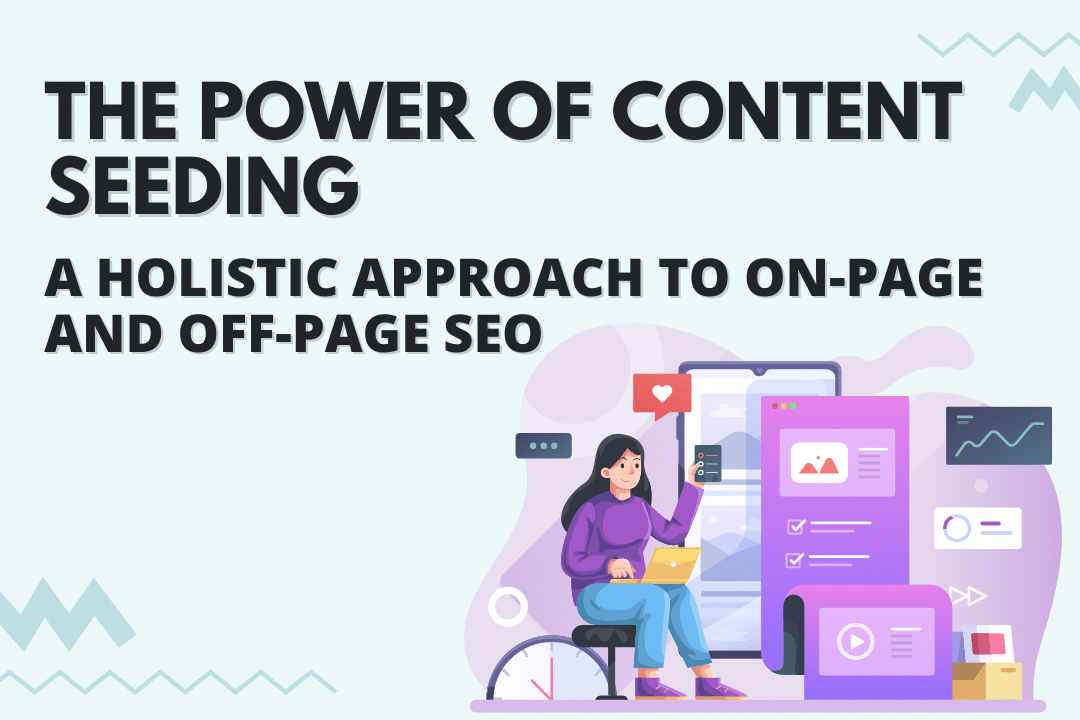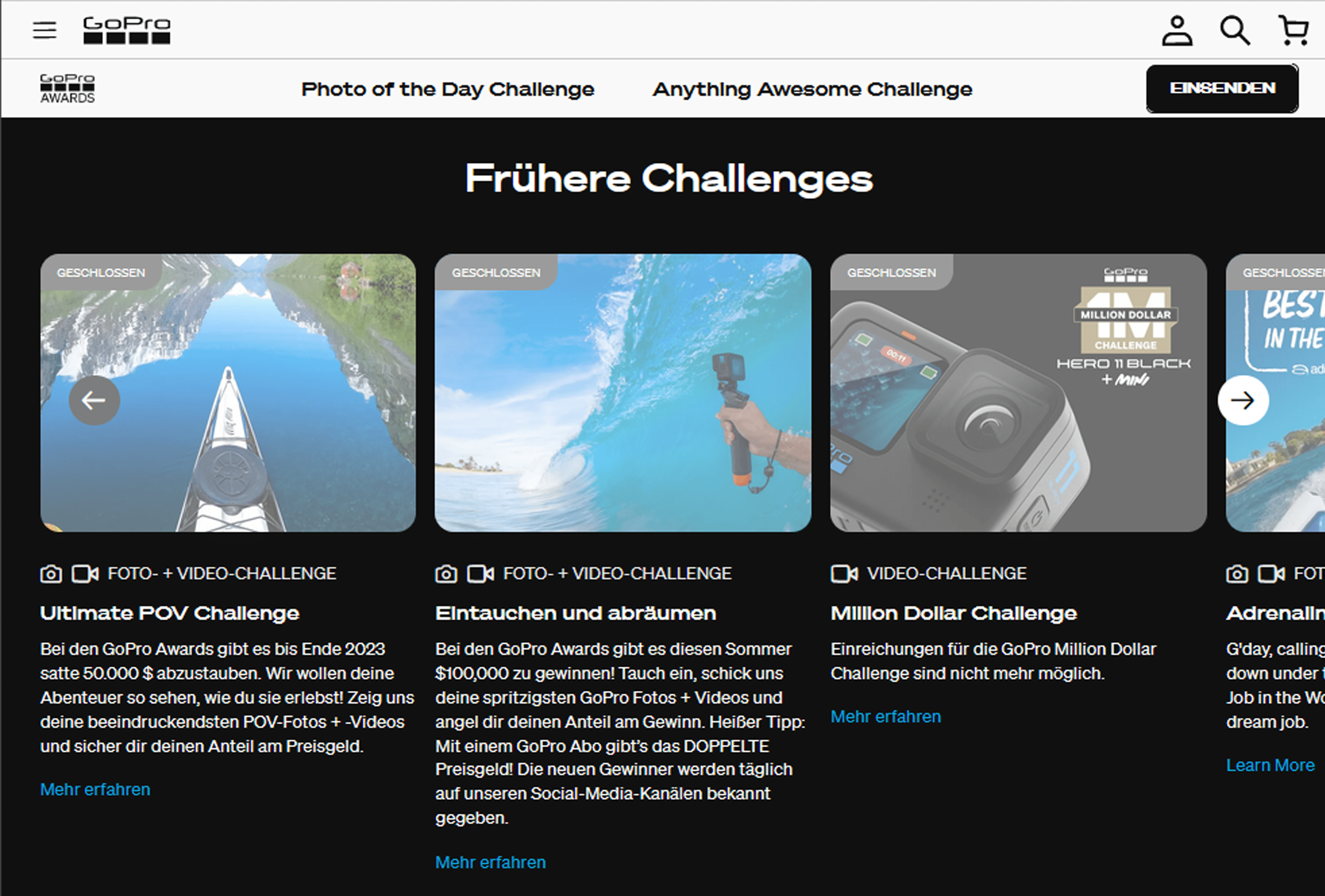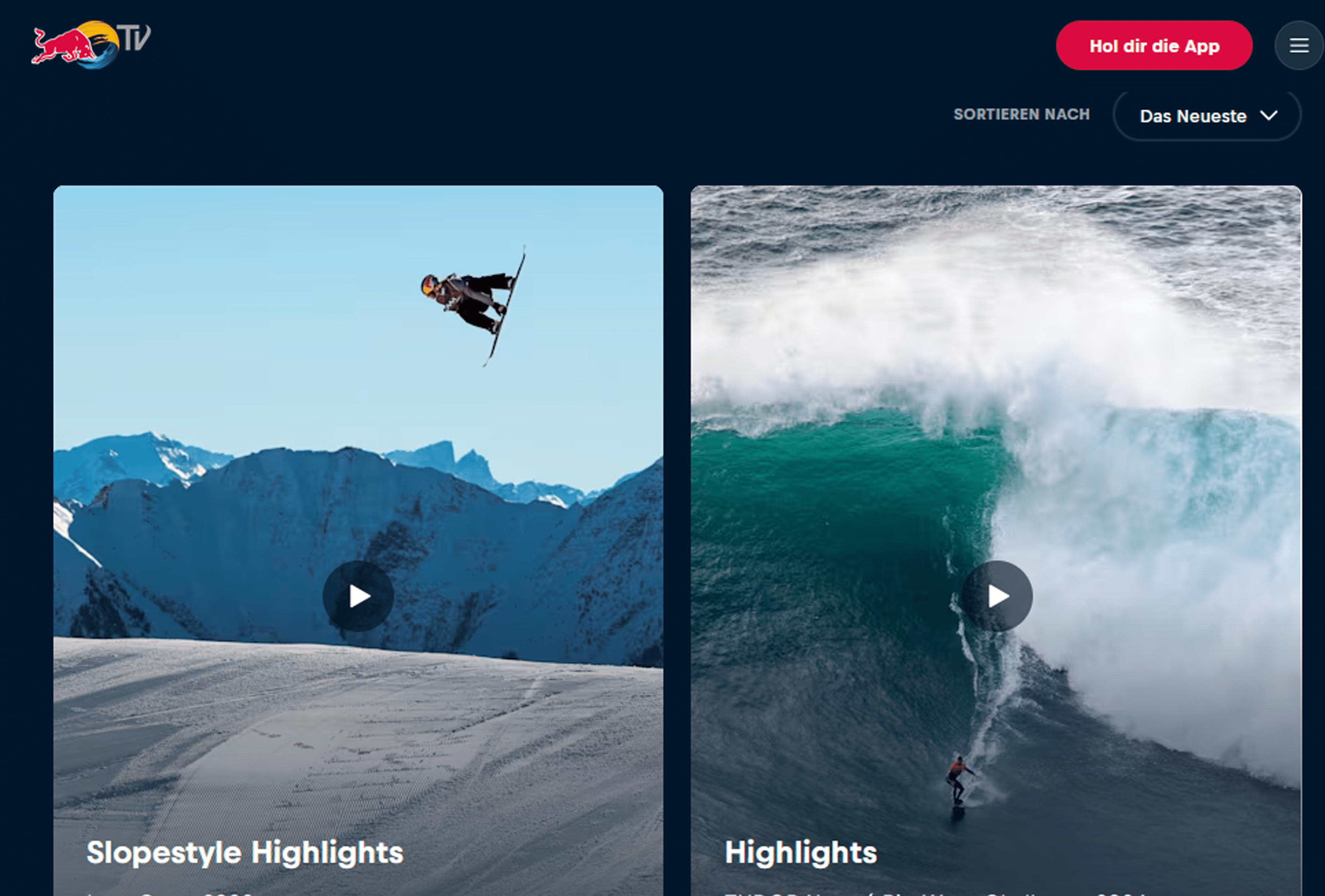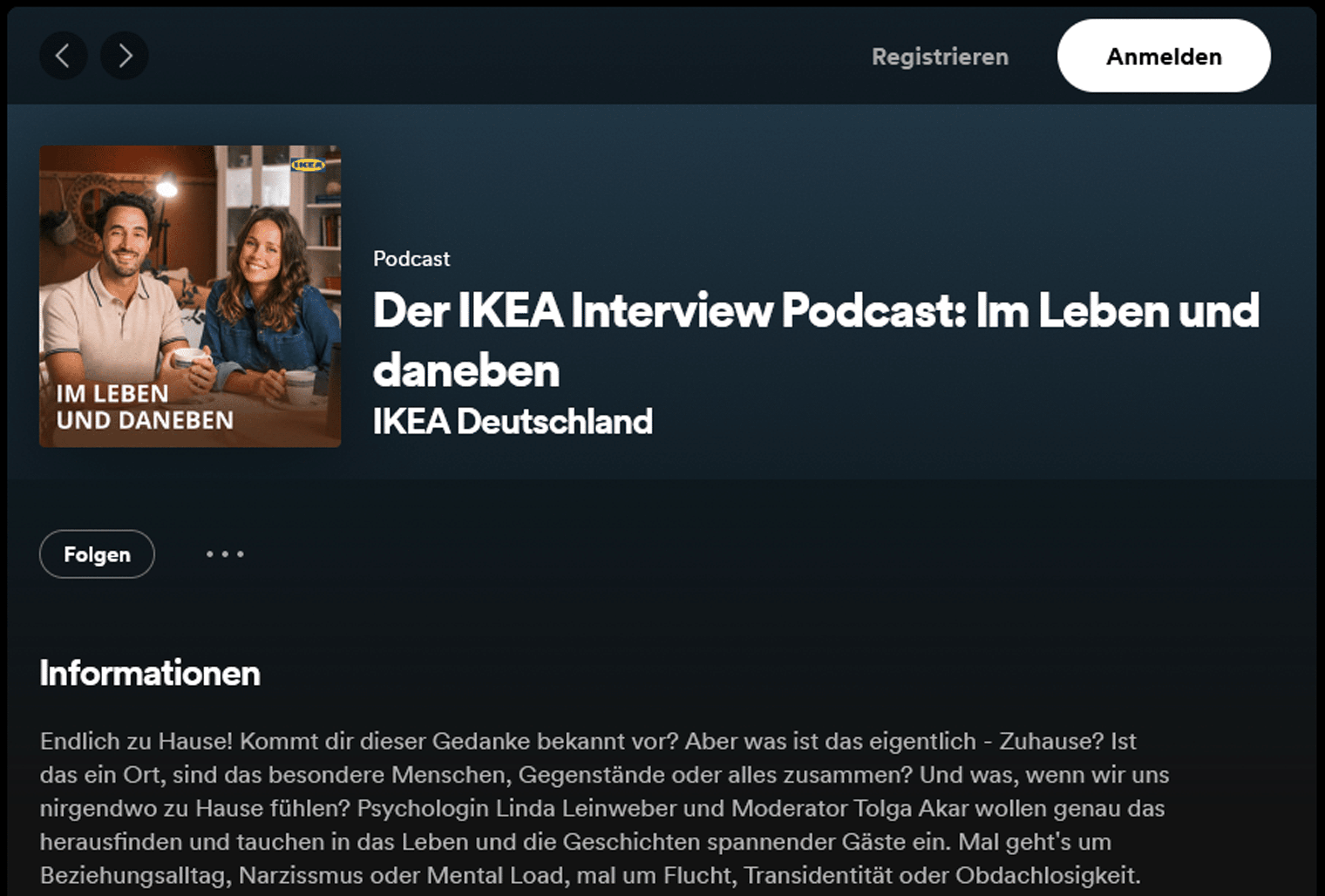
Table of Contents
What is content seeding?
Content seeding is used to improve the reach and visibility of a website through the targeted distribution of content. Various platforms and channels are used to distribute content organically. This strategy not only aims to attract the attention of the target group, but also to generate backlinks and ultimately improve the ranking in the search results.
The content seeding strategy as a holistic solution for onpage and offpage SEO
The concept of content seeding fits seamlessly into a holistic SEO strategy that takes both on-page and off-page factors into account. For example, a commissioned content seeding agency does not have to completely overturn the existing SEO concept, but can simply harmonise it with the seeding of the content. We would like to provide some concrete guidelines for this:
On-page optimisation through relevant content
The content seeding strategy begins with the creation of high-quality and relevant content. This content forms the basis for strong on-page SEO. Search engines not only reward backlinks, but also relevant and informative content on a website. And more importantly, visitors to your website are always grateful for good content.
Keyword optimisation for better visibility
A good seeding agency not only considers the distribution of content, but also the integration of relevant keywords. This ensures that the content is optimally indexed by search engines.
Natural linking for off-page authority
The targeted distribution of content not only promotes backlinks, but also natural linking. This is crucial for the off-page authority of a website. Search engines evaluate not only the quantity but also the quality of backlinks. In case of doubt, the second factor is more important than the first.
Social signals
Not only can valuable links be generated by “seeding the content”, but social signals can also be created. These play a decisive role in increasing reach. Search engines take these signals into account when assessing the relevance and popularity of a website, which has a positive effect on its visibility in search results. Social media are therefore an essential component of this optimisation strategy.
Use cases of content seeding:
Blogger collaborations
A social seeding agency can actively involve bloggers and influencers in the distribution of content. The aim is to place articles, videos or images (e.g. memes with a clear message) on the various platforms. These collaborations usually take place as part of social media marketing to distribute content organically on platforms such as Facebook, X or Instagram in order to promote social interaction and maximise reach.
Forums and communities
By placing targeted content in relevant forums and online communities, a seeding agency can ensure that the target audience is addressed directly. This not only encourages discussion about the content, but also increases the likelihood of natural links.
Specific examples of successful campaigns around the globe
The explanations so far have been highly theoretical. In order to explain the benefits of content distribution in a practical way, here are some concrete examples of how these campaigns work:





What needs to be considered when seeding content on the various social media platforms? How do Instagram and TikTok differ, for example? The individual platforms offer different tools that need to be used correctly when creating content. This can be explained using Instagram and TikTok as examples. Most of the principles can also be applied to other social media platforms such as Twitter/X or Facebook:
- Target audience: Instagram has a larger user base than TikTok, which is primarily aimed at Generation Z. It is therefore important to know which platform reaches your target audience better and what type of content they prefer.
- Content: Instagram offers various tools for visual storytelling, such as images, stories, IGTV and reels. TikTok, on the other hand, focuses on short, entertaining videos that follow trends, challenges and music. It is therefore important that you adapt your content to the respective format and tone of voice.
- Algorithm: Instagram takes into account users’ preferences for certain topics, hashtags or features to show them relevant content in their feed. TikTok recommends content that best entertains users based on their behaviour and interaction with the videos. Both rate positively anything that increases the amount of time users spend on the platform.
- Special features to optimise engagement: To increase user engagement, Instagram offers a range of features such as filters, hashtags and stories. TikTok also has similar features, but they are not as comprehensive and sophisticated as Instagram’s. It is important that you understand the functions in detail in order to make the best use of them. Expert knowledge and experience are a great advantage in this regard. A social seeding agency can therefore be a valuable ally.
Conclusion: Content seeding done right can pay off
The previous explanations show: Content seeding can be an effective strategy for making high-quality content accessible to a wide audience. Working with a content seeding agency such as SeedingUp can be crucial to ensure targeted and effective distribution. Especially in connection with off-page SEO measures, this strategy offers new opportunities to increase your own visibility.
We would be happy to advise you on this for your specific case. Simply get in touch with us now.



